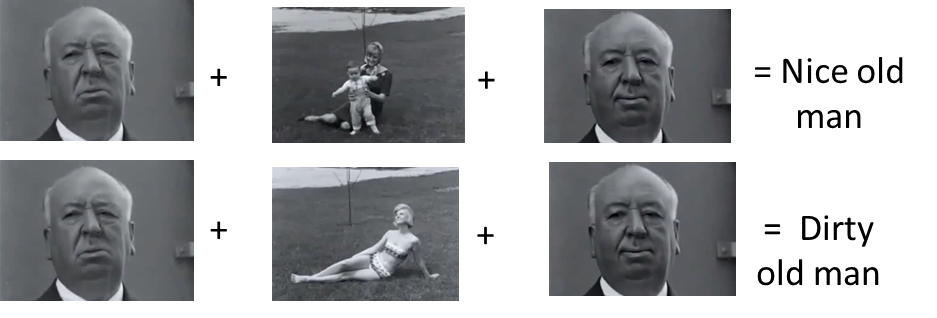Chapter 7 Acting
- Stanislavsky's system (Wikipedia) (encourages actors to strive for realism)
Stanislavski's system is a progression of techniques used to train actors to create believable characterizations for their performances. The method that was originally created and used by Constantin Stanislavski from 1911 to 1916 was based on the concept of emotional memory for which an actor focuses internally to portray a character's emotions onstage.

- Non-Naturalistic and Naturalistic Performance
Theatre Styles: Naturalism and Non-Naturalism
- improvisation (Wikipedia)
Improvisation is the process of devising a solution to a requirement by making-do, despite absence of resources that might be expected to produce a solution.
- distancing effect (alienation effect) (Wikipedia)
Brecht first used the term in an essay on "Alienation Effects in Chinese Acting" published in 1936, in which he described it as "playing in such a way that the audience was hindered from simply identifying itself with the characters in the play. Acceptance or rejection of their actions and utterances was meant to take place on a conscious plane, instead of, as hitherto, in the audience's subconscious".

-> draw attention to the artificiality of performance and limit the audience's identificaion with the characters
- sound blimp (Wikipedia)
-> a soundproof enclosure that prevents the sound of the camera from reaching the microphone
- Early screen-acting is characterized by exaggerated gestures and mouthed words.
- personality actors -> actors who projects a similar persona for role to role
Chapter 8 Editing
- montage (Wikipedia)
Montage is a technique in film editing in which a series of short shots are edited into a sequence to condense space, time, and information.

- iris-in -> begins with a small circle that expands
iris-out -> gradually closes an image

- shot reverse shot (Wikipedia)
Shot reverse shot (or shot/countershot) is a film technique where one character is shown looking at another character (often off-screen), and then the other character is shown looking back at the first character. Since the characters are shown facing in opposite directions, the viewer assumes that they are looking at each other.

- ellipsis (Wikipedia)
Ellipsis, often represented in text as "...",[1] is the narrative device of omitting a portion of the sequence of events, allowing the reader to fill in the narrative gaps. Aside from its literary use, the ellipsis has a counterpart in film production. It is there to suggest an action by simply showing what happens before and after what is observed. The vast majority of films use ellipses to clear actions that add nothing to the narrative. Beyond these "convenience" ellipses, ellipses are also used to advance the story.
example: https://www.youtube.com/watch?v=Fg3viFdohH4
-> an omission of time that seperates one shot from another
- master shot (Wikipedia)
A master shot is a film recording of an entire dramatized scene, from start to finish, from an angle that keeps all the players in view. It is often a long shot and can sometimes perform a double function as an establishing shot. Usually, the master shot is the first shot checked off during the shooting of a scene—it is the foundation of what is called camera coverage, other shots that reveal different aspects of the action, groupings of two or three of the actors at crucial moments, close-ups of individuals, insert shots of various props, and so on.

- discontinuity
Editing: Continuity and Discontinuity
- eyeline match cut (Wikipedia)
An eyeline match is a film editing technique associated with the continuity editing system. It is based on the premise that an audience will want to see what the character on-screen is seeing. An eyeline match begins with a character looking at something off-screen, followed by a cut of another object or person: for example, a shot showing a man looking off-screen is followed by a shot of a television. Given the audience's initial interest in the man's gaze, it is generally inferred on the basis of the second shot that the man in the first was looking at the television, even though the man is never seen looking at the television within the same shot.

- Kuleshov effect (Wikipedia)
The Kuleshov Effect is a film editing (montage) effect demonstrated by Soviet filmmaker Lev Kuleshov in the 1910s and 1920s. It is a mental phenomenon by which viewers derive more meaning from the interaction of two sequential shots than from a single shot in isolation.


限會員,要發表迴響,請先登入



